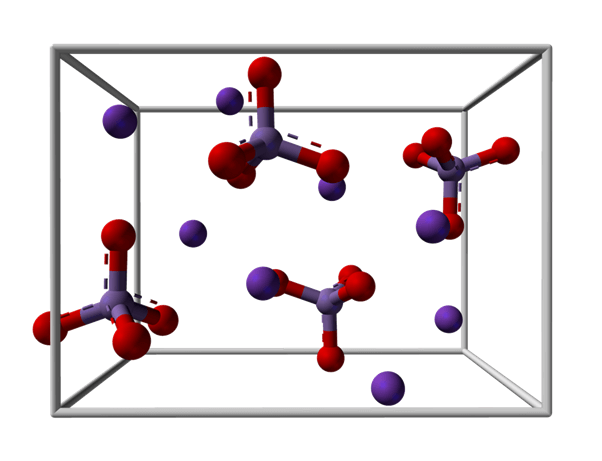In chemistry, molarity refers to a concentration unit known as the total number of moles usually divided by the liters of a particular solution. All too often, molarity is expressed in moles per liter. This is a prominent unit that has its symbol (M). It is also said to have different units of concentration. In this blog post, we shall dwell more on the definition of molarity and its examples. We also look at the molarity formula.
Examples Of Molarity
Typically, there are up to 6 moles of hydrochloric acid in a liter of molar
There are up to 0.1 moles of ions in a liter of NaCI solution.
Let us look at an example problem.
In this example, we shall take a viable concentration of a specific solution of say 1.2 grams of potassium chloride and approximately 200 ml of water. To solve this problem, there is a need to convert the existing values into different molarity units, which are in liters.
You should begin the entire process by converting grams of KCI into moles. To do this successfully, you should look up at the atomic masses of the elements on your periodic table. Here, the atomic weight of the component is measured in 1 mole.
Molarity mass of K=39, 10 g/mol
Molarity of Cl =35.45 g/mol
You have approximately 1.2 grams of KCI. Therefore, you need to determine the number of moles in the elements. Moles KCI is equal to 1.2g KCI
Because you now understand the number of moles found in the solute, you also need to grasp the basic elements, pros, and cons of molarity.
In our real lives, we encounter various substances mixed with different elements coupled with compounds. An ideal example of a viable mixture is our bodies. The standard human body is majorly made up of water. Technically speaking, it is just a primary assortment of an assortment of molecules and gases in water. This could be mind-boggling for learners.
And if substances are mixed in a significant way that the composition is uniform, they will be termed as homogenous mixtures. A mixture without a uniform structure, on the other hand, is known as a heterogeneous.
Homogenous mixtures are recognized as solutions. They have solid components such as liquids, coupled with solutions and gases. All too often, we should be in a position to quantify the actual amount of species found in the solution. This is also referred to as the concentration of that solution. In this blog post, we take a close look at the methods of describing different solutions quantitatively. We also look at how that transformation may be applied to stoichiometric calculations.
Why You Should Apply Molarity
There are different pros of using molarity when it comes to expressing concentration. One of the significant advantages is the fact that it is easy as well as convenient to make use of. This is sole because the solute can easily be measured not just in grams but also converted into various molecules before they are mixed with a preferred volume.
Take-Home
Molarity can also be used to sum up, the collective molar concentration in a fluid. And to find the total molarity of a viable solution, the volume of moles found in a solute should be divided by the total number of liters produced by the solution.
